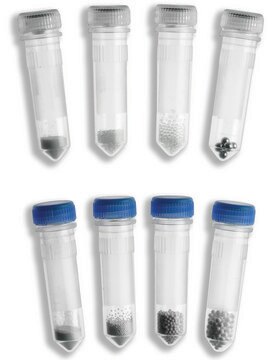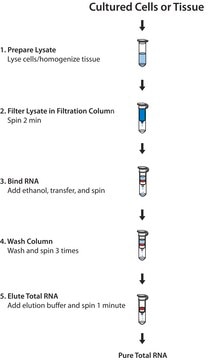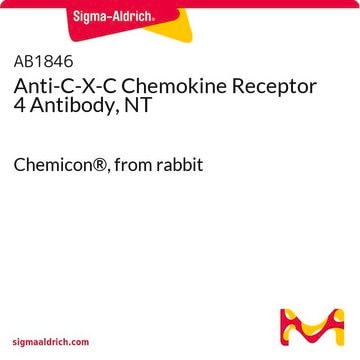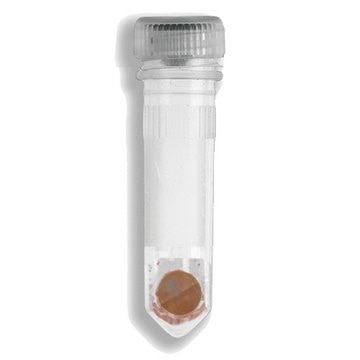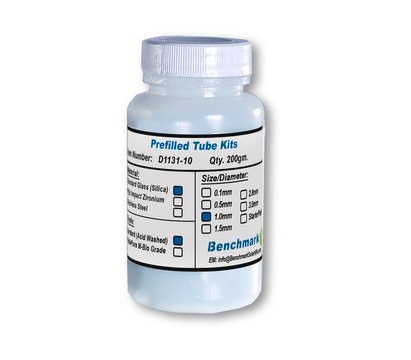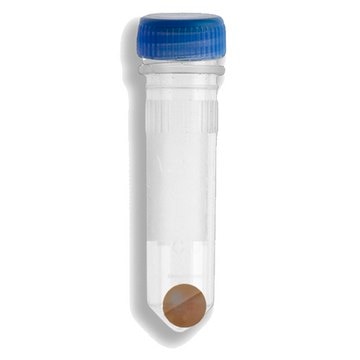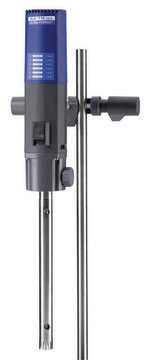MABF981
Anti-CXCR4 Antibody, clone 12G5
clone 12G5, from mouse
Synonym(s):
C-X-C chemokine receptor type 4, CXC-R4, CXCR-4, FB22, HM89, LCR1, Leukocyte-derived seven transmembrane domain receptor, LESTR, Lipopolysaccharide-associated protein 3, LAP-3, LPS-associated protein 3, NPYRL, Stromal cell-derived factor 1 receptor, SDF-
About This Item
Recommended Products
biological source
mouse
Quality Level
antibody form
purified immunoglobulin
antibody product type
primary antibodies
clone
12G5, monoclonal
species reactivity
human
technique(s)
flow cytometry: suitable
immunocytochemistry: suitable
neutralization: suitable
isotype
IgG2aκ
NCBI accession no.
UniProt accession no.
shipped in
dry ice
target post-translational modification
unmodified
Gene Information
human ... CXCR4(7852)
Related Categories
General description
Immunogen
Application
Immunocytochemistry Analysis: A representative lot stained paraformaldehyde-fixed CHO cells transfected to stably express human CXCR4/fusin (Endres, M.J., et al. (1996). Cell. 87(4):745-756).
Neutralizing Analysis: A representative lot blocked SDF-1-induced lymphocyte chemotaxis using freshly isolated human PBMCs (Bleul, C.C., et al. (1997). Proc. Natl. Acad. Sci. U S A.94(5):1925-1930).
Neutralizing Analysis: A representative lot blocked the infection of CXCR4+/CD4+ rhabdomyosarcoma (RD) cells by seven HIV-1 (LAI, RF, Gun-1wt, Gun-1var) and HIV-2 (ROD A/B and CBL-23) strains as assessed by >95% reduced syncytium (multinucleated cell) formation due to viral infection-induced cell-to-cell fusion. Clone 12G5 also blocked Gun-1wt, Gun-1var, and CBL-23, but not the other 4 HIV strains from infecting HeLa/CD4 and C8166 cultures (McKnight, A., et al. (1997). J. Virol. 71(2):1692-1696).
Neutralizing Analysis: A representative lot blocked HIV-2 /vcp strain from infecting U87 cells transfected to express human CXCR4/fusin as assessed a reduction of syncytium (multinucleated cell) formation due to viral infection-induced cell-to-cell fusion (Endres, M.J., et al. (1996). Cell. 87(4):745-756).
Note: Although clone 12G5 binds cell surface CXCR4, efforts to immunoprecipitate or immunoblot CXCR4 were reported to be unsuccessful (Endres, M.J., et al. (1996). Cell. 87(4):745-756).
Inflammation & Immunology
Immunoglobulins & Immunology
Quality
Flow Cytometry Analysis: 1.0 µg of this antibody detected CXCR4 in Jurkat cells.
Target description
Physical form
Storage and Stability
Handling Recommendations: Upon receipt and prior to removing the cap, centrifuge the vial and gently mix the solution. Aliquot into microcentrifuge tubes and store at -20°C. Avoid repeated freeze/thaw cycles, which may damage IgG and affect product performance.
Other Notes
Disclaimer
Not finding the right product?
Try our Product Selector Tool.
recommended
wgk_germany
WGK 2
flash_point_f
Not applicable
flash_point_c
Not applicable
Certificates of Analysis (COA)
Search for Certificates of Analysis (COA) by entering the products Lot/Batch Number. Lot and Batch Numbers can be found on a product’s label following the words ‘Lot’ or ‘Batch’.
Already Own This Product?
Find documentation for the products that you have recently purchased in the Document Library.
Our team of scientists has experience in all areas of research including Life Science, Material Science, Chemical Synthesis, Chromatography, Analytical and many others.
Contact Technical Service